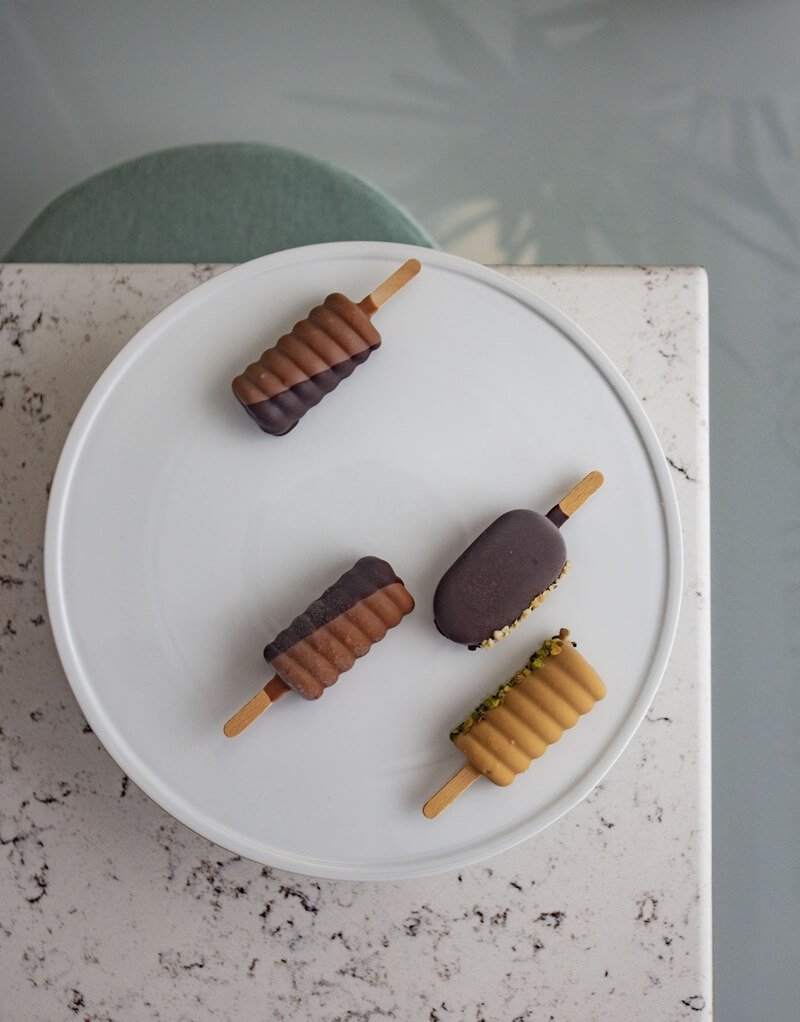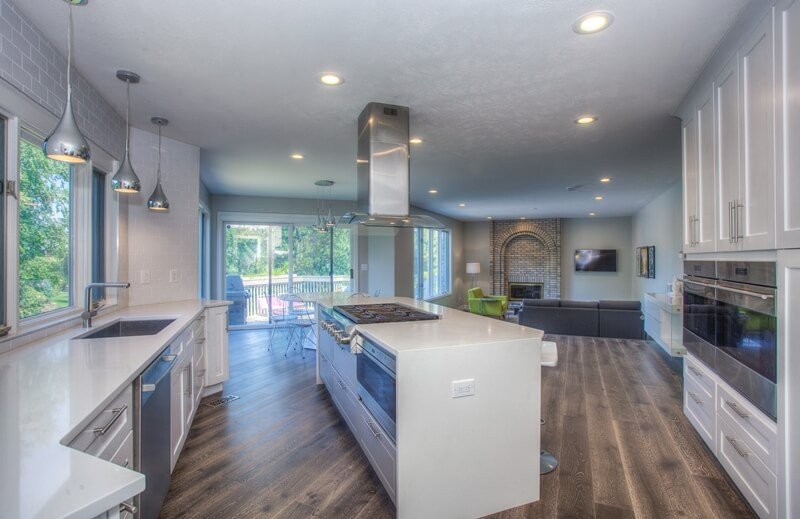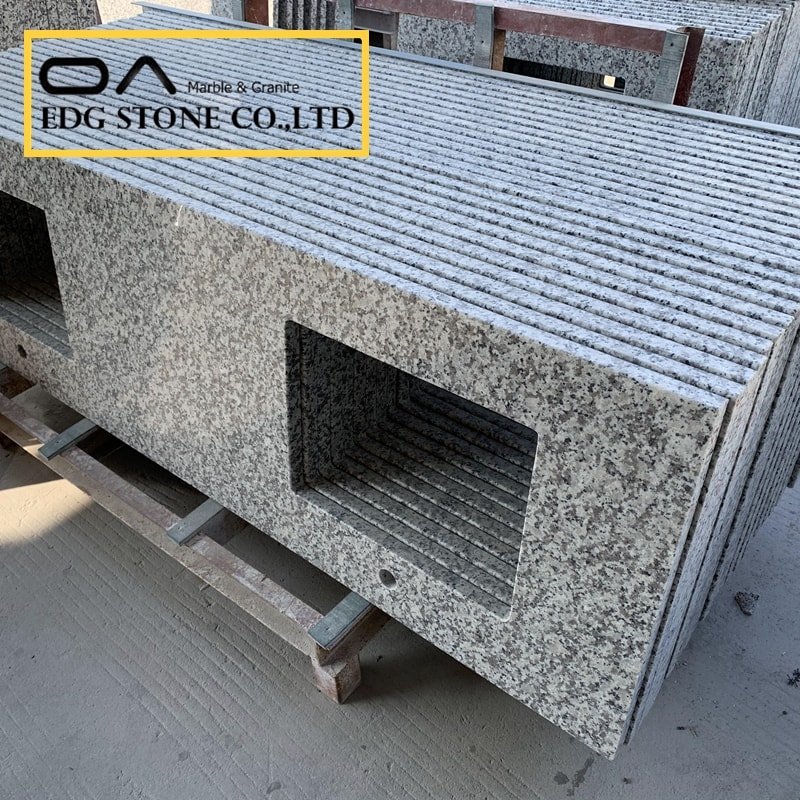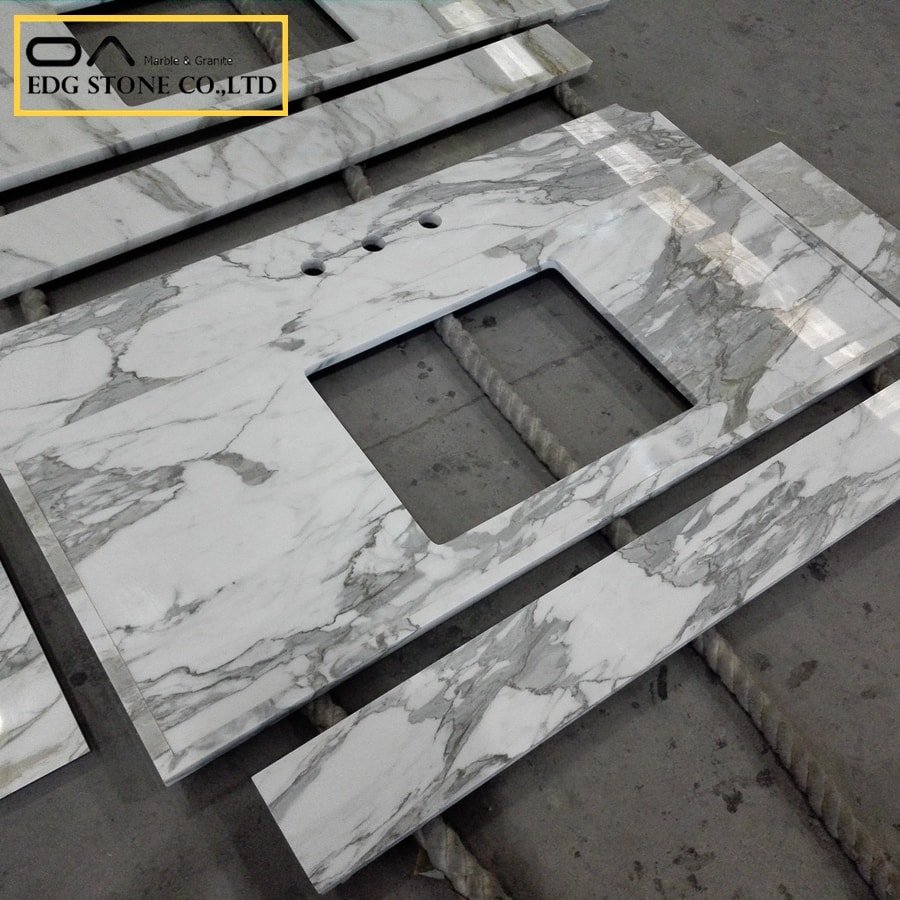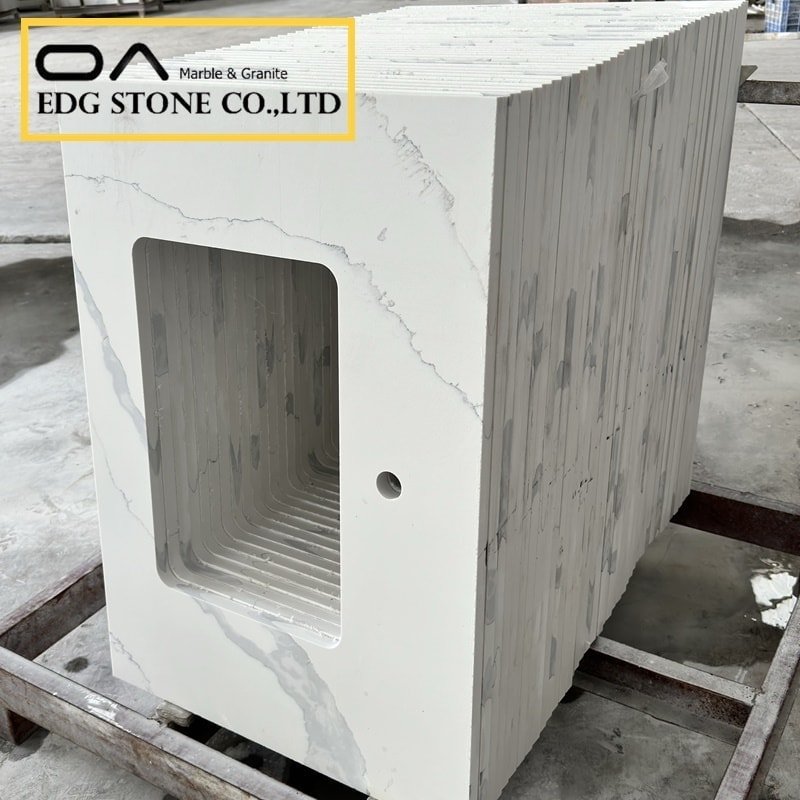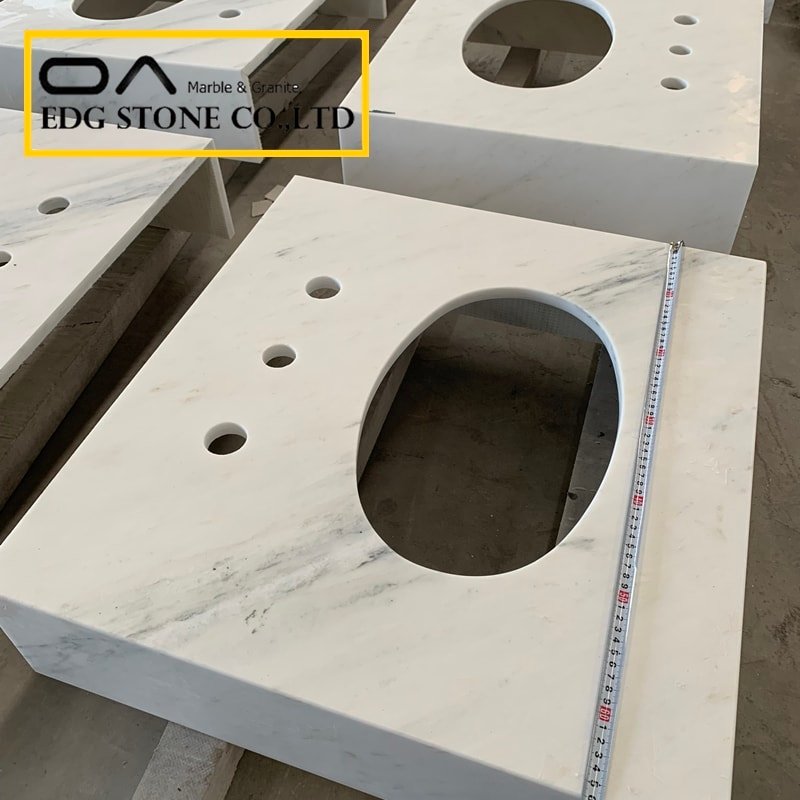1. The purchase requires that the thickness of the wool board is between 1.95-2.15cm.
2. The thickness of the purchased light board is 1.90-2.1cm, and the gloss is over 85.
3. Precautions for the large cutting process:
(1) The blocks should be placed firmly and steadily on the platform.
(2) Understand and see the schematic diagram of the big cut of the stone.
(3) Careful and accurate correction and review of the size of the large cut before lowering the knife.
(4) After the first three pieces of block material are cut, first stop to remove the first stone skin, and check the quality of the block material: whether there are quality defects such as cracks, color galls, stains, and color lines; check the first three pieces Whether the thickness is within the allowable tolerance (20mm±5mm), and give timely correction.
(5) Check the machine before and after the operation, and maintain, clean, and clean it.
(6) Supplement: It is best to cut the side thickened board together (height), especially for grained stone.
4. Precautions for thickness setting process:
(1) After setting the thickness, the actual thickness is 19.5-2.0cm. Check the thickness with a vernier caliper.
(2) Be careful when operating. Pay attention to safety when lifting the sheet and avoid damaging the sheet.
(3) Check the machine before and after the operation, and maintain, clean, and clean it.
5. Matters needing attention in the large surface polishing process:
(1) Please fill in the glue before polishing, fill in the gaps of the stone plates (especially granite), and avoid waiting for the finished product to spend a lot of manpower on the beauty glue.
(2) The polishing process uses a full set of resin abrasives for polishing.
(3) The gloss is over 85.
(4) When lifting the board, take care to avoid inadvertently damaging the board.
(5) The corners should be polished and the gloss should be sufficient.
6. Precautions for bridge shearing process:
(1) Cut with the glossy side up.
(2) The blade should be sharp. (Sharp the blade first before lowering the knife)
(3) Control the cutting speed and cutting speed.
(4) There must be a machining allowance. (The margin is 3-4mm, and it is used to shape the seam to within 0.3mm when setting 1/2 circle).
(5) If there are grains with grains, they should be cut together with the thickened edges, so that the grains on the large surface will match the grains on the thickened edges, and the finished product will be beautiful and natural. (One set of one number, and if there is a grain direction, the time direction should also be marked).
(6) Avoid the phenomenon of missing edges, missing corners, incomplete cutting, skew, wrong size, etc.
(7) Check the machine before and after the operation, and maintain, clean, and clean it.
7. Glue setting process:
(1) Care should be taken in color mixing, and the glue should be adjusted to the same color as the stone.
(2) The large flat plate and the thickened plate should be as close as possible. After sealing, fix it with an iron clip and let it glue.
(3) Before gluing, try to select the material that is in contact with the anastomosis for gluing.
(4) The seam after gluing is not more than 0.3mm.
(5) When gluing, pay attention to scraping the excess glue before the glue is dry, to avoid spending a lot of manpower on the glue during the beauty treatment of the finished product.
8, 1/2 circle setting process matters needing attention:
(1) Because there is a machining allowance (3-4mm), the 1/2 circle should be set 3-4mm deeper than when there was no machining allowance, so that the seam after gluing does not exceed 0.3mm.
9. Notes on manual machining correction process:
(1) The angle of rotation is 50 degrees.
(2) Make the corners as smooth and natural as possible during the correction. The surface should be smooth.
(3) Handle with care to avoid damage to the tabletop.
10. Matters needing attention in the small face polishing process:
(1) The sheet material should be placed on the iron frame or wooden frame to avoid damaging the edge of the tabletop and keep the edges and corners intact.
(2) The gloss is over 85.
(3) Small face grinding should be careful and comprehensive. Straight lines should be straight, curves should be flat, smooth and natural, and corners should be polished in place.
(4) The joints or excessive corners should be polished without the feeling of touch or wavy shape, and the edges will not be scratched when rubbed to any point.
11. Precautions for gumming and beauty procedures:
(1) Placement should be divided strictly according to the stone name and color, orderly, and neatly arranged. Face up, the edge to be glued is in the same direction to form a straight line. This is convenient for effective, fast, and accurate patching beauty.
(2) Care should be taken in color grading. Try to adjust the glue to the same color as the stone.
(3) To master the time for the glue to dry. Avoid that the glue is too dry and cannot be scraped off, or when the glue is not stuck, even the glue is scraped off.
(4) Be careful when applying glue to avoid accidentally stepping on or breaking the sheet. It is strictly forbidden to sit on the sheet material to carry out glue repair.
(5) It is strictly forbidden to place them in disorder, all kinds of stones are mixed together.
(6) Glue-fixing personnel will perform division of labor according to stone variety or color.
(7) After the glue is filled, the site must be cleaned up. The tools are neatly arranged.
12. Matters needing attention in the handling process (attention should be paid to all procedures, especially forklift handling)
(1) The 102mm water baffle is placed upright, and it is strictly forbidden to lay flat.
(2) Place the light side to the light side.
(3) Use soft objects (such as foam) to back the glued surface. Avoid scratching the surface.
(4) The handling process of the forklift truck should be cautious and take the necessary protective measures to avoid the forklift truck from hitting obstacles or uneven speeds and causing the sheet to fall and damage.
13. Precautions for packaging process:
(1) The packaging is made according to export wooden boxes.
(2) Be careful when placing and moving.
(3) Face-to-face emissions. The middle is separated by Styrofoam/foam/plastic to avoid surface damage.
(4) The wooden box should be made strong; the wooden box should have a firm needle.
14. All the processes are finished every day, and the worksite must be kept clean, tidy, and hygienic.
15. This “Precautions for processing of countertop process” is distributed by quality control personnel for each process.
